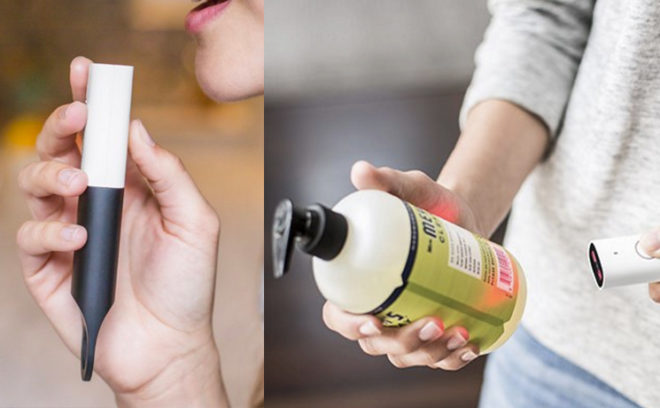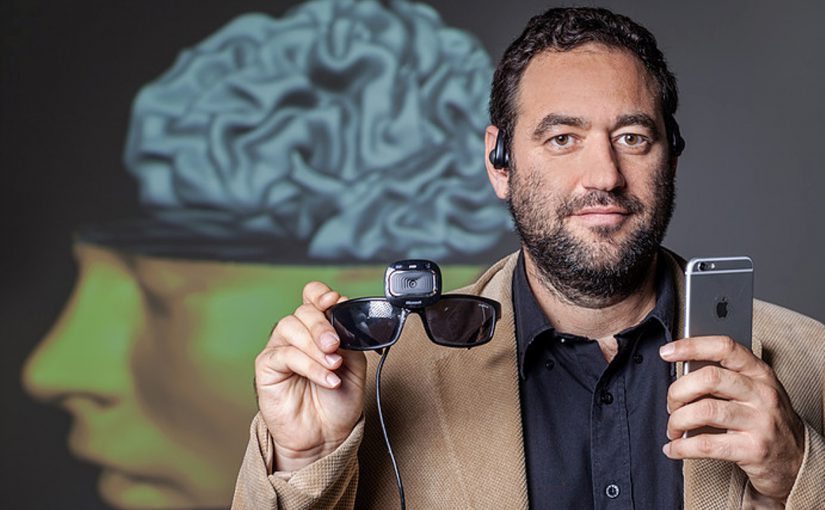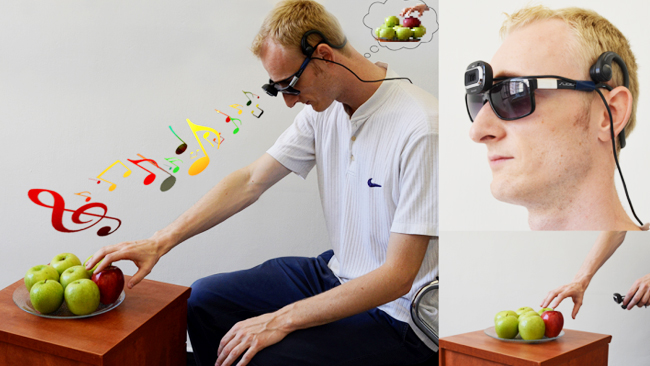Groceries have never been easier. And humans have never been lazier. This device helps you find recipes, convert cups to ounces, buy and reorder essentials, find nearby restaurants and more – all you have to do is say it or scan a barcode.

The amazon Dash Wand is wireless and runs on double AA batteries. Also, a phone will be needed to register this device for it to run. Being voice activated, a user just simply needs to mention the dish they want to cook eg. ‘mushroom alfredo pasta’, and Alexa (a Siri equivalent) replies with the ingredients needed.
It is a true household device as you’re also able to command the device using your voice to dim the lights, lock the door, control temperatures and more.

Pros
- Well-designed
The item is water-resistant and this is an extremely practical point as the device will be highly found in the kitchen in the danger of liquid items. Furthermore, some thought also went behind the item’s placement where having a magnetic feature can allow users to stick it on the fridge where the groceries are found.
- Convenient and handy item
The amazon dash wand saves you the extra effort and clicks to manually search for recipes or the time of your order arrival etc. This gives it some magic in its user experience by saving them time and getting things on the go with such minimal effort. You are now able to control different house appliances with your voice using this device.

Cons
- Close product features to Siri and apps
However, while it all seems magical – it seems to remind me of Apple’s Siri altogether. The same level of features can be done on the Siri App, apart from being directly linked to the Amazon app, which is actually not much a biggie here. The other functions are also similar to other internet of things such as a house appliance app that acts as a remote control.
- Magic of device.. isn’t really that magical
It may seem really fuss-free and convenient to say something and have it added to your grocery list but the user still has to open the phone app to manually check out after adding it into their list. Hence, the device seems to create a superficial sense of convenience and luxury, where the main functionality can be further improved.
Improvements to the device
Language
This device can be configured in several languages, which gives it a potential to be used also as a portable language translation device. Currently, it detects English (U.S., UK), German, French (France, Canada), Italian, Spanish (Spain, Mexico, Argentina, Chile, Colombia), Portuguese (Brazil), Japanese, Chinese (Simplified), Russian, or Dutch. Hence, it will be innovative to make use of this feature as a helpful cross-cultural communication tool.

A portable language translation device. A way to accentuate its value as a useful interactive device for its market would be to combine the functions of these two devices together.
Alternative uses
- Question-and-answer device
With its portable size and interactive voice command feature, it is handy for a question-and-answer situations. Therefore, it can be used for a wide spectrum of scenarios. For instance, in the museum, where visitors who want to know more about the artworks can use this device and saves the scheduled physical tours and guides. It could also be used as a device to provide directions when entering a huge venue eg. themepark or mall, where users can collect these device at the entry. This saves them the trouble of downloading apps to facilitate their trip.
In general, this device is useful but slightly impractical as its features could be embedded into a phone app itself to command instructions to appliances.



